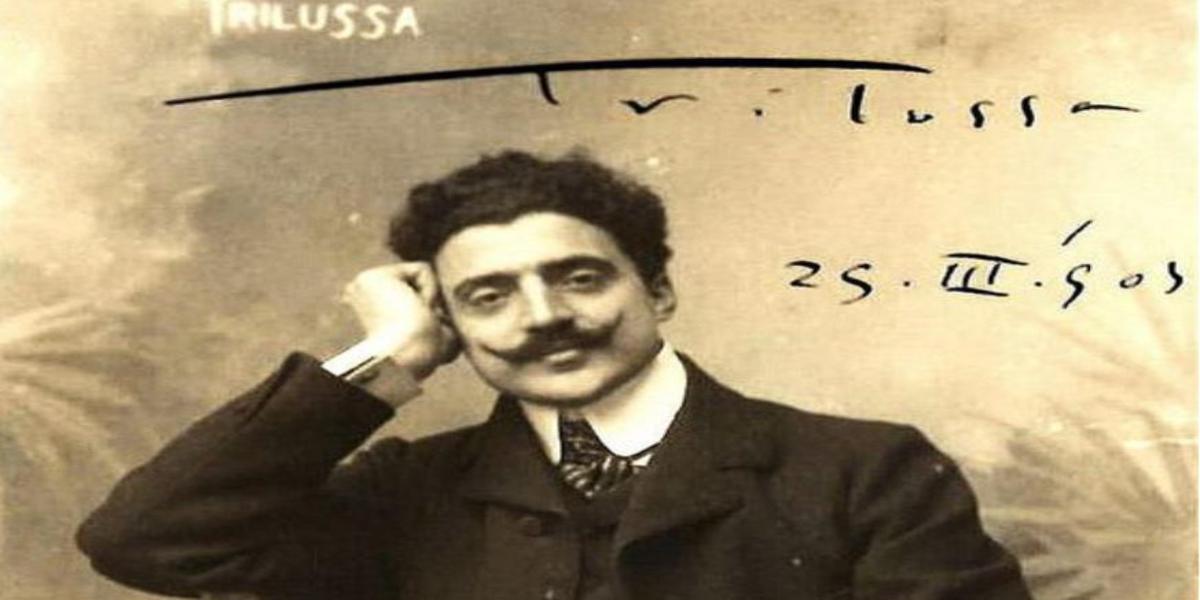
Corcione, Use of nanofluids as coolants in buoyancy-driven thermal management of embedded heating components of small-scale devices, 2016, Applied Thermal Engineering, under revision.ġ4) M. Corcione, Buoyancy-driven convection of nanofluids in inclined enclosures, 2017, Chemical Engineering Research and Design, in press.ġ3) A. Corcione, Heat transfer correlations for natural convection in inclined enclosures filled with water around its density-inversion point, 2016, International Journal of Thermal Sciences, in press.ġ2) A.

Corcione, Optimal inclination for maximum convection heat transfer in differentially-heated enclosures filled with water near 4☌, 2016, Heat Transfer Engineering, in press.ġ1) A.

Vallati, Buoyancy-induced convection of aluminawater nanofluids in laterallyheated vertical slender cavities, 2016, Heat Transfer Engineering, in press.ġ0) A. Corcione, Thermophoresis-induced oscillatory natural convection flows of water-based nanofluids in tilted cavities, 2016, Numerical Heat Transfer Part A, DOI: 10.1080/10407782.2016.1264775.ĩ) M. Tocci, Variable geometry turbine performance for off-highway vehicle organic rankine cycle waste heat recovery, Thiesel 2016 conference.Ĩ) A. Tocci, "Thermodynamic and technical criteria for the optimal selection of the working fluid in a mini-ORC." ECOS (2016).ħ) A. Toro, "Thermodynamic analysis of a Rankine dual loop waste thermal energy recovery system." Energy Conversion and Management 122 (2016): 109-118.Ħ) B. Palazzo, A generalized statement of highest-entropy principle for stable equilibrium and non-equilibrium in many-particle systems, Journal of Modern Physics 7 (2016) 344-357.ĥ) E. Sciubba, Thermodynamic analysis and system simulation of an “Optimized Cascade” LNG process, Proceedings of 29thInternational Conference on Efficiency Cost Optimization, Simulation and Environmental Impact of Energy Systems, ECOS 2016, 19th-23rd June 2016, Portoroz, Slovenia.Ĥ) P. Remetti, Field Prototype of the ENEA Neutron Active Interrogation Device for the Detection of Dirty Bombs. Venturini, An innovative approach to model temperature influence on particle deposition in gas turbines, Proceedings of ASME Turbo Expo, Volume 5C: Heat Transfer, (2016).Ģ) N. Because we obtain analytic expressions for the band edges, one can easily optimize the positions and widths of the forbidden zones, in order to fine tune photonic devices.1) G.

1.5 : 4.8) of the indices of refraction of the layers comprising buildable devices. While it is analytically as simple as conventional coupled wave theory, our method is essentially exact for any achievable ratio (e.g. We allow for both variable amplitudes and variable (geometric-optics) phases in the counterpropagating waves. Using the Bogolyubov averaging method, we have improved on coupled wave theory. conventional coupled wave theory of Kogelnik fails in the case of high refractive index contrast, which is required for a 1D photonic crystal. View projectĪ 1D periodic structure with high refractive index contrast can serve as a photonic crystal Among the common theoretical methods for wave motion in such structures, the coupled wave approach offers superior physical insight and gives simple analytical results in limiting cases.

The equations proposed in my article show that this particular state of matter can also be justified from a mathematical point of view. This would have resulted the formation of a gravitational singularity, that is, of a body made up of all the energy and mass that is present in our Universe of today, but enclosed in an infinitely small space. The Belgian cosmologist George Lemaitre was the first to hypothesize that if the universe of today had undergone such a strong contraction that it could crush all the galaxies present in it, it could have been reduced to an point of density and temperature infinitely large. This union therefore allows the birth of a theory of quantum gravity which is one of the objectives that cosmology has so far failed to achieve. This means that these equations manage to reconcile quantum mechanics, which treats particles, with Einstein's general relativity which treats immensely large masses. This article presents some of the author's equations that manage to demonstrate, contrary to what is believed, that a gravitational singularity can be treated mathematically.


 0 kommentar(er)
0 kommentar(er)
